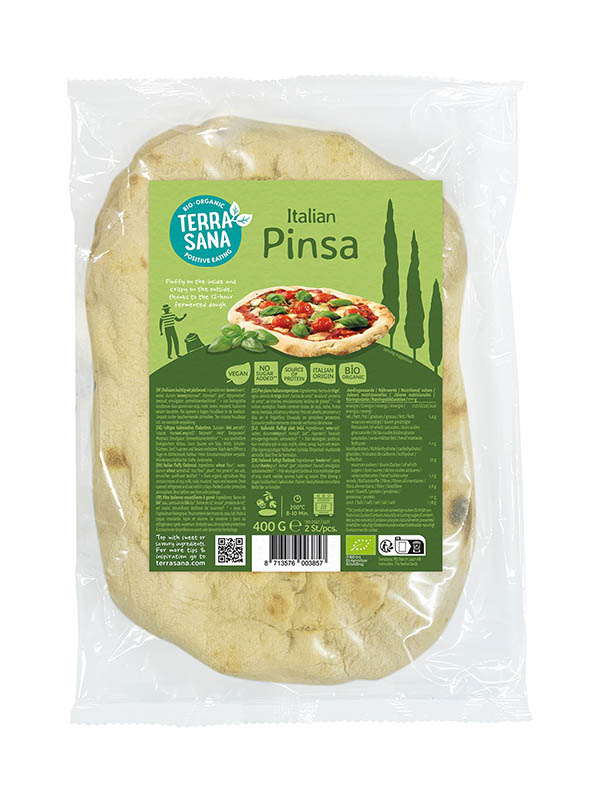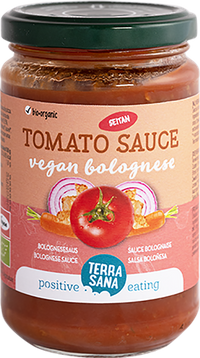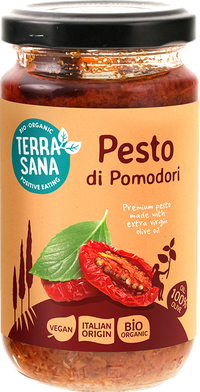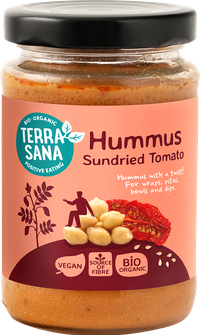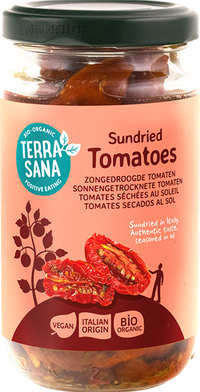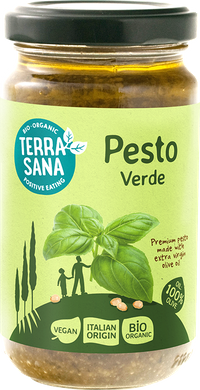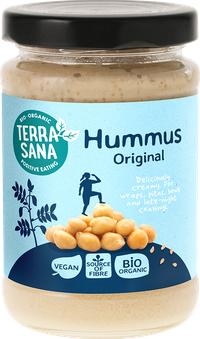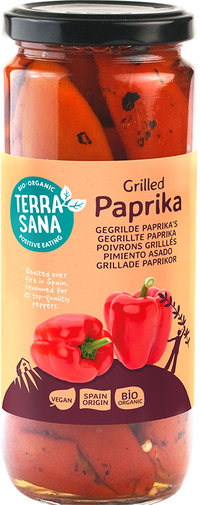Is pinsa the new pizza? Pinsa does look a bit like pizza. Only the base is a bit fluffier, which also makes it look a bit like flat bread (focaccia). The wheat is fermented for a longer period of time. This makes pinsa slightly easier for your body to digest. Scroll for number of ways to use pinsa + 5 different toppings!
Pinsa recipes: quick and easy Italian cooking
What is pinsa? Pizza versus pinsa
Pinsa is a cross between pizza and focaccia. It is a light-hearted twist on the classic Italian pizza. Like pizza and focaccia, the dough is made of wheat, but because the dough ferments for a longer time, the dough becomes nice and fluffy. This is also the main difference with pizza. The base resembles flatbread rather than pizza. So you taste the crispiness of pizza and the airy bite of focaccia. Super tasty!
A very normal lunch in Italy (especially Rome), pinsa is trending in the rest of Europe! And for good reason!
How do you sandwich pinsa?
You can top pinsa exactly as you would with a pizza. Yet in Italy, more often than not, a pinsa is not topped with tomato sauce. Yes, tomato sauce (or even better: tomato puree) are delicious on pinsa, but cream cheese, pesto, muhammara (spread of peppers) and hummus are also good bases for pinsa. Having chosen your base, top it further with your favourite vegetables, vegan cheese and spices. Think about:
- Cherry tomatoes
- Rocket
- Globe artichokes
- Courgette
- Mushrooms or oyster mushrooms
- Red onion (caramelised)
- Basil
- Parsley
- Provencal herbs
- Rosemary
- Oregano
What is pinsa made of?
Pinsa has a base of (partly durum) wheat and is made with yeast. In our case, the dough ferments for about 12 hours, making the base nice and fluffy. Another advantage: there is less salt in pinsa than in a pizza base.Click here or on the picture for more info on TerraSana’s pinsa.
5x pinsa recipes
4 tips for making and topping pinsa
- Keep it light to keep things balanced. Pinsa has a light texture, so avoid too many heavy toppings. For example, if you’re using grilled peppers from a jar, make sure to pat the pepper pieces very dry.
- Use pure ingredients. We probably don’t need to tell you this, but since you don’t use many ingredients on a pinsa, it’s even more important to use pure, good quality ingredients.
- Experiment with different textures. For example, combine crunchy vegetables (like arugula), nuts (or pine nuts), with creamy vegan cheese.
- Use thin slices. Are you using zucchini or eggplant? Or mushrooms or oyster mushrooms? Make sure the slices are very thin so that they cook quickly in the oven.
- Prepare the pinsa in the middle of the oven. Okay, maybe this is a no-brainer for you, but a pinsa just needs to brown evenly. Also, don’t bake it for too long, because that light ‘bread feeling’ should definitely still be there!
